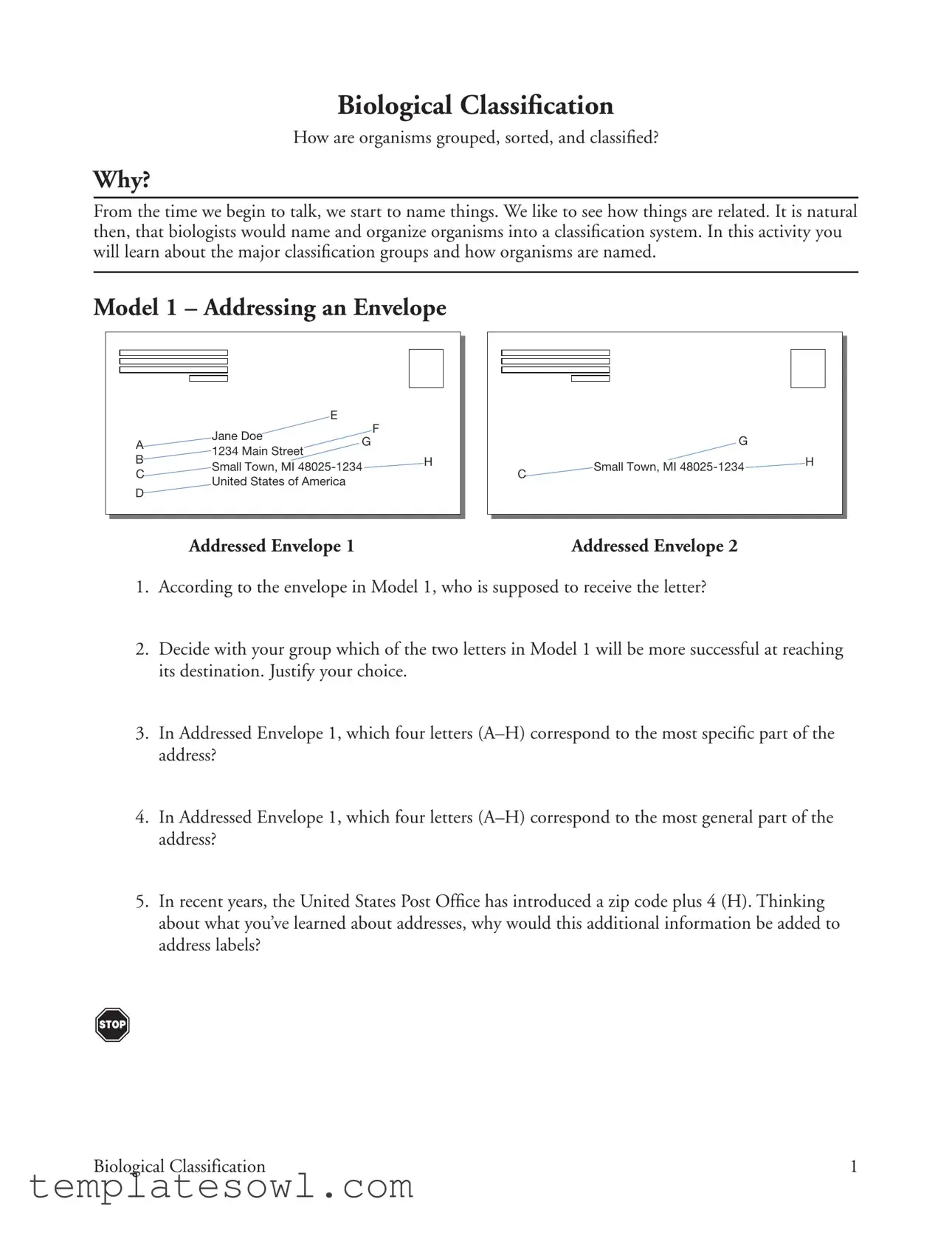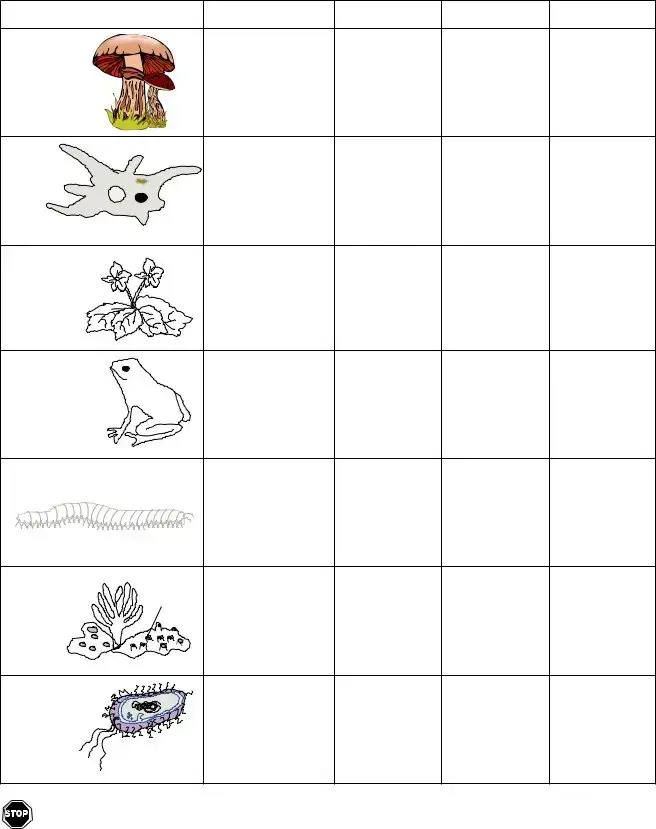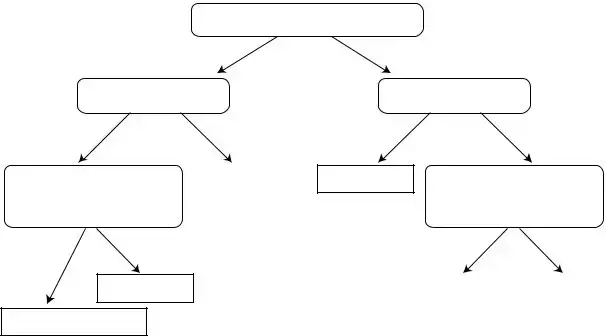Completing the Biological Classification Model 1 form can be an educational endeavor, yet many individuals make common mistakes during the process. One frequent issue involves overlooking the specific recipient's name. In "Addressed Envelope 1," ensuring that the name "Jane Doe" is written correctly is crucial. Neglecting to accurately represent the recipient's name may delay or prevent successful delivery.
Another mistake often seen is the failure to include complete address details. Individuals may forget critical components, such as the zip code or the state. Incomplete information can lead to confusion or misdeliveries, underscoring the importance of thoroughness in completing each section of the form.
Additionally, people sometimes misinterpret which portion of the address is the most general and which is the most specific. This misunderstanding can affect their ability to correctly classify the address and may hinder discussions within groups about which letter will arrive at its destination first. Being aware of the hierarchy within an address is essential.
Some individuals may also neglect to utilize the additional information provided by the zip code plus 4. Understanding that this can lead to more precise sorting by postal services is vital. Ignoring this detail can diminish the likelihood of timely delivery, especially in densely populated areas.
Furthermore, when completing the taxonomic classification, many forget to apply the Linnaean taxonomy correctly. This can lead to inaccuracies when individuals are asked to identify how organisms relate to one another. Errors here often arise from a lack of understanding about the order of classification, which can confuse learners new to the material.
Another common oversight is failing to observe the proper formatting for scientific names. While the genus and species names must be written in a specific format, individuals often forget to capitalize the genus, resulting in errors. Adhering to the rules of binomial nomenclature is non-negotiable for academic rigor.
Misclassifying organisms based on appearance alone is another common mistake. While this approach may seem intuitive, it can be misleading. Students must understand the limitations of such a method to better appreciate the complexities of biological classification.
Moreover, individuals might inaccurately assess relationships among the organisms listed, especially concerning the closeness of their taxonomic links. Misjudging these relationships deprives an accurate understanding of biological lineage and evolutionary relationships. Understanding how to answer questions about relationships within the classification chart is critical.
Some students also struggle with using the models effectively. Each model serves a unique purpose, and failing to reference the appropriate models for answering questions can lead to confusion and incorrect responses. Familiarity with the content and structure of each model promotes better comprehension.
Lastly, forgetting to engage in group discussions regarding findings and interpretations might limit one’s learning experience. Collaboration fosters deeper understanding. Being open to dialogue about interpretations keeps the learning dynamic and ensures that all members grasp the subject thoroughly. Ultimately, being attentive to these details can make all the difference in successfully completing the Biological Classification Model 1 form.





 12. The genus and species names are collectively referred to as the scientiÞc name. It is written in a form known as
12. The genus and species names are collectively referred to as the scientiÞc name. It is written in a form known as 

 23. As a group, discuss and complete the following table by Þlling in the boxes with the correspond- ing characteristics of each organism.
23. As a group, discuss and complete the following table by Þlling in the boxes with the correspond- ing characteristics of each organism.